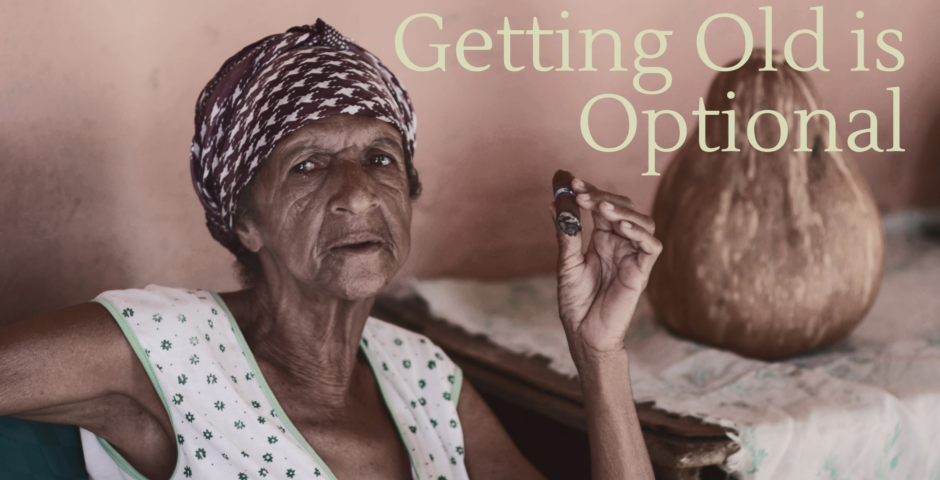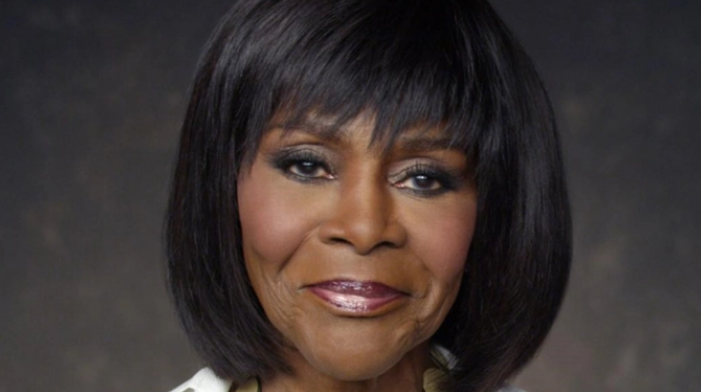
Inan and the One Drop Rule: A Theory About ‘Children of Blood and Bone’
Spoiler Alert: This post contains discussions about characters in the fantasy novel Children of Blood and Bone. Feel free to return to add your contribution in the comments if you’re one of those people who is angered by spoilers.
Any time I am asked about Tomi Adeyemi’s debut novel, ‘Children of Blood and Bone’, I sputter through a response. There are so many thoughts on this young novelist’s young book jostling for dominance in my head that it’s nearly impossible to discern an intelligent answer from met.
“It’s a triumph!” I eventually gasp.
In truth, there’s no better way for me to describe it. The characters are fully developed and yet Adeyemi leaves plenty of life in them for further metamorphosis. In a few short sentences she is able to breath sufficient life into a young boy cut down in a raid that his death elicits grief from the reader. The mythical West African world she creates is alive with color, an ever-changing landscape and fauna that stretch imagination. There aren’t many authors whose works I am eager to read more than once, but Adeyemi has easily slid in with the ranks of Toni Morrison, Maya Angelou and Amy Tan: each of them novelists that tell a story with simplicity and depth.
On the onset, Children of Blood and Bone appears to be a tale about magic, xenophobia and resistance in a bygone era in a faraway place. However one quickly begins to understand that the story is about something else entirely. It is simply one of the most in-depth and thoughtful commentaries on the Black Lives Matter movement and race relations in America that I have read to date. On an interview with Jimmy Fallon, she described her work as hiding the ‘asparagus in the cake’.
Children is told from the perspective of three main characters: Zelie, a commoner whose magic that is unlocked when princess Amari steals a scroll from her bloodthirsty father, the King of Orisha and prince Inan, Amari’s elder brother who has been taught to hate magic and those who wield it. Of all the characters that made me tremble with agitation, it was he. I simply could not abide him. He is such a Chad!
To his dismay, Inan discovers that he is also ‘cursed’ with magic when he makes contact with the stolen scroll. He bears the physical mark of this curse, a not-so-subtle white streak that crowns his dark hair. We watch him self-flagellate every time he loses control of his magic, or is forced to use his magic or is reminded that he is in possession of magic. I was tired reading about it. I can’t imagine how fictional Inan felt living it. But the young prince was so ambivalent about who he was and what he wanted to be that I was glad when he died. He was – as Nigerian parents are wont to describe their wayward children – a “useless nonentity”.
At the conclusion of the book, I felt satisfaction with his demise, one that came at the hands of his own father no less; but after I mulled over the subject matter during the days that followed a thought struck me. Was King Saran’s hatred for his son also a further commentary on the construct of race and identity in America?
Saran is an archetypal White supremacist. He believes that his race alone is burdened with glorious purpose, one that can only be achieved through the destruction of the maji and the oppression of their diviner offspring. Under his rule, miscegenation is outlawed and those who sympathize with the diviners are subject to intimidation, harassment and bodily harm. Saran hates maji and magic with unbridled venom, which is not uncommon supremacist behavior. There is a direct relationship between the demonstration of how much you hate a thing and how much you secretly crave it. Somewhere along the line, maji blood was introduced into Saran’s line. For a man who has dedicated his life to the destruction of an entire race, it must’ve come as a horrific shock to discover his now-favored son was a carrier of that trait. And like every supremacist, he acted on impulse rather than logic. This boy was an enemy. He had to be destroyed.
The infamous One Drop rule was one that was instituted during slavery in North America. It was a social and legal classification that said that if any person carried ‘one drop’ of Black blood, that person was considered Negro. By extension, the rule determined what quality of life, rights and freedoms were granted to individuals with whiteness being at the apex. In response, persons of mixed heritage often ‘passed’ as white, going so far as to change their identity and erasing any physical traces of Blackness from their appearance. Women who were suspected of trying to pass had their whiteness verified in the most humiliating of ways. They had their breasts exposed and examined. If their areolas were brown, they were declared Negro and summarily punished.
With the advent of DNA testing, it is not uncommon for “pure bred” white people to discover some African ancestry in their DNA. Very few people in America are purely one race, as the instances of rape and secret interracial relationships are a permanent blight and fixture in the country’s history. This is why I can now further appreciate Inan’s discovery of the magic (or Blackness) that he was carrying. After living the life of a privileged man from the dominant class, the revelation would have been difficult to grapple with indeed. It is unfortunate that Inan had to die, but his death reflects a grim reality: uncompromising hatred will motivate you to kill the thing that threatens to expose the truths you find most shameful.
Of course, Inan’s relationship with himself and his sick dad could be about something else entirely. I am open to that and look forward to hearing alternative interpretations.
Have you read Children of Blood and Bone? What were your takeaways from it?




